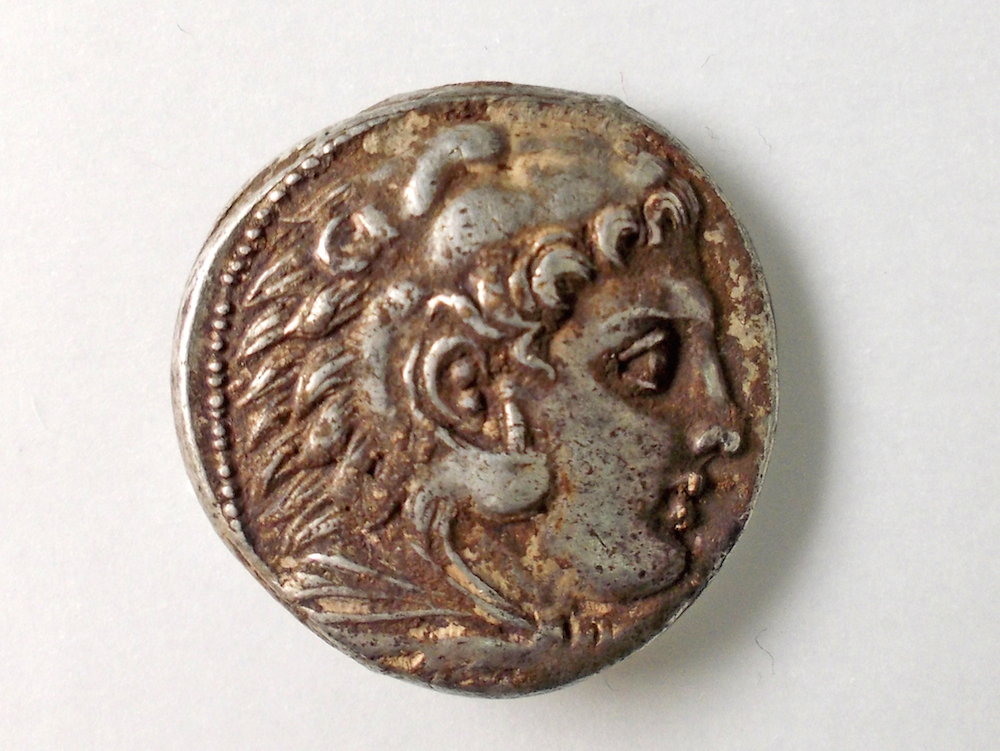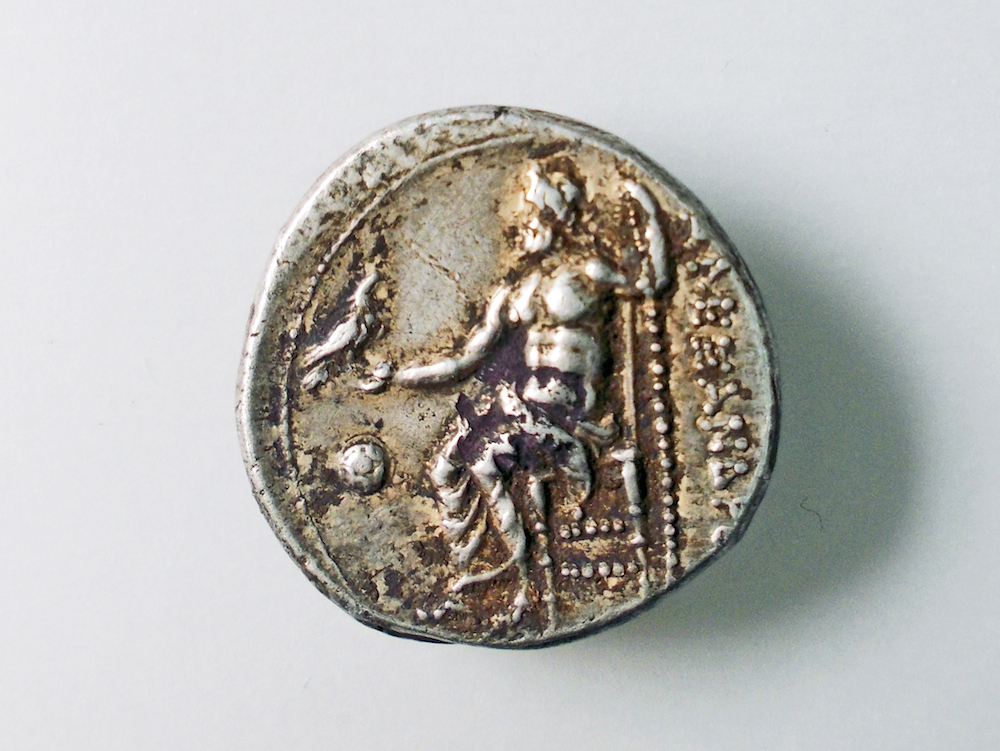Ancient Farmhouse Found in Israel Reveals Agricultural Secrets

An ancient farmhouse dating back to 2,800 years ago — complete with 23 rooms, winepresses and a grain silo — is no longer lost to the ages. Over the past few weeks, archaeologists have uncovered the sprawling stone house in Rosh Ha-'Ayin, in central Israel.
Archaeologists found the farmhouse during an excavation that the government required be done before construction could begin to enlarge the modern city. The house, which measures 98 by 131 feet (30 by 40 meters), is "extraordinarily well preserved," Amit Shadman, excavation director on behalf of the Israel Antiquities Authority, said in a statement.
The farmhouse dates back to the time of the Assyrian conquest, when the Assyrians conquered Northern Israel, the researchers said. [The Holy Land: 7 Amazing Archaeological Finds]
"Farmhouses during this period served as small settlements of sorts, whose inhabitants participated in processing agricultural produce," Shadman said. "The numerous winepresses discovered in the vicinity of the settlement indicate the wine industry was the most important branch of agriculture in the region."
The large silo found at the farmhouse likely stored grain, which "shows that the ancient residents were also engaged in growing cereal," Shadman said.This isn't the first time archaeologists in Israel have stumbled across ancient winepresses. In September, a team uncovered an industrial-size winepress outside Jerusalem in what was likely a monastery before the 7th century B.C., and in 2013, archaeologists found a 1,500-year-old winepress under a city street in Tel Aviv.
Ancient people continued using the building during the period of the 6th century B.C. called The Return to Zion, when the Jewish people returned to Israel after the Babylonian exile. The building remained active later, during the Hellenistic period that followed in the wake of Alexander the Great's military conquests.
After Alexander's army defeated the Persians in 333 B.C., he built an empire that spanned from Greece to present-day Pakistan. The people of Israel welcomed the leader, Shadman said.
Get the world’s most fascinating discoveries delivered straight to your inbox.
In the farmhouse, the archaeologists also found an object that suggests a Greek presence during that era: a rare silver coin with an image of Zeus and Alexander's name next to it — spelled ΑΛΕΞΑNΔΡΟΥ — on one side, and the head of Heracles (often called "Hercules," the Romanized name for the Greek mythological hero known for his extraordinary strength) on the reverse side.
The Israel Antiquities Authority and the Ministry of Construction plan to preserve the farmhouse and open it to the public, the researchers said.After Alexander's generals divided the empire following his death, the farmhouse remained useful for centuries. During the Ottoman period, which lasted from 1299 to 1923, people used the stones in the building as a source of raw materials, Shadman said.
Follow Laura Geggel on Twitter @LauraGeggel. Follow Live Science @livescience, Facebook & Google+. Original article on Live Science.

Laura is the managing editor at Live Science. She also runs the archaeology section and the Life's Little Mysteries series. Her work has appeared in The New York Times, Scholastic, Popular Science and Spectrum, a site on autism research. She has won multiple awards from the Society of Professional Journalists and the Washington Newspaper Publishers Association for her reporting at a weekly newspaper near Seattle. Laura holds a bachelor's degree in English literature and psychology from Washington University in St. Louis and a master's degree in science writing from NYU.




